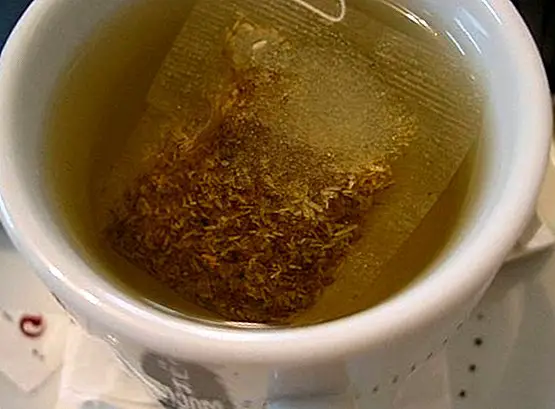Main diseases of the gallbladder
The gallbladder is an organ that we find located in our digestive system, specifically and to be more precise, it is located below the liver. Specifically, the gallbladder is a viscera of small size (between 5 to 7 centimeters in diameter), and which has a characteristic shape, which is very reminiscent of the shape of a pear.
It connects with the duodenum (the small intestine) through the common bile duct or bile duct, and its main function is that of accumulate bile. In fact, it is estimated that the gallbladder is capable of storing about 50 ml. of bile, which is then released to the small intestine when it is required by the process of digestion.

That is, its main function is to store and concentrate bile, which has previously been produced by the liver. Therefore, the biliary secretion is stored in the vesicle until its secretion is stimulated by the ingestion of food, causing its release precisely by the contraction of its muscular wall.
In spite of being an organ of some importance in the correct and adequate digestion of food (although we must not forget that it can be live without a bladder), is not usually known for the functions carried out, but for the different diseases and pathologies that tend to affect you.
Gallstones (cholelithiasis)
The Gallstones in the gallbladder they probably become one of the most common, common and habitual pathologies, of those that tend to affect this organ. Basically they consist of stones that form in the gallbladderas a consequence of the sedimentation of the different components found in the bile (cholesterol, calcium and bile salts).
The size and consistency of these stones or stones tend to be very variable, so we can find calculations of a certain size and with calculations so small that they are medically known as "biliary mud".
These stones are formed as a consequence of the excess of cholesterol present in the bile. This cholesterol thickens and hardens to the point of forming crystals of small size, until later they end up in stones.

And what are its symptoms? Colicky pain, which can be intense and lasting, fever and chills, nausea and vomiting ... On the other hand, we must bear in mind that the symptoms are variable, so everything will depend on the group in which the condition is, since for example, there may be infection and acute inflammation of the gallbladder due to the presence of stones, or it may be chronic.
Although the calculations can occur at almost any age, there are certain factors that can influence its appearance: people with a family history of gallstones, high cholesterol and triglycerides levels, obesity and overweight, contraceptive use (in women), as well as the existence of some chronic intestinal inflammation.
Inflammation of the gallbladder (cholecystitis)
With the medical name of cholecystitis we are facing the inflammation of the gallbladder. The wall of the gallbladder is usually inflamed, and usually occurs when the bile is stored and trapped inside the gallbladder.
In most cases the inflammation consists of the presence of gallstones, which block the duct through which the bile travels both inside and outside the gallbladder. Therefore, when a stone or stone blocks this duct the bile accumulates, which causes irritation and pressure.
Cholecystitis can be acute or chronic. Thus, when cholecystitis is acute, it is common for a severe abdominal pain, of colic and deaf type, that can be continuous and that radiates to the back. They may also appear clay-colored stools, nausea and vomiting and fever.

Sclerosing cholangitis
The Sclerosing cholangitis It consists of the inflammation of the gallbladder accompanied by the formation of scar tissue and damage to the different bile ducts, causing destruction of the bile ducts both inside and outside the liver.
Its cause is unknown, although it is common for this disease to arise in people with chronic pancreatitis, inflammatory bowel disease, sarcoidosis and various autoimmune disorders. This article is published for informational purposes only. It can not and should not replace the consultation with a Physician. We advise you to consult your Trusted Doctor. ThemesGallbladder


